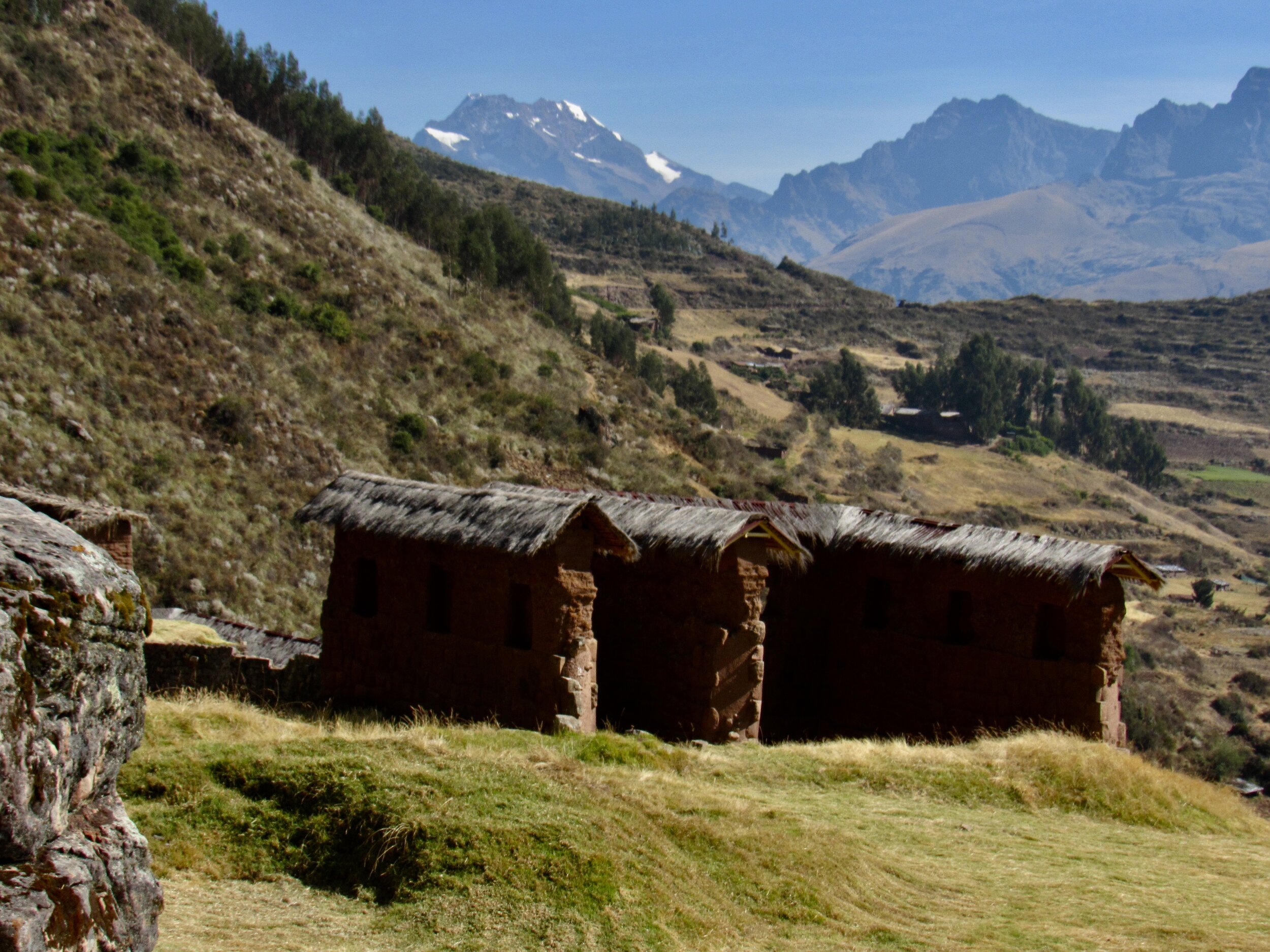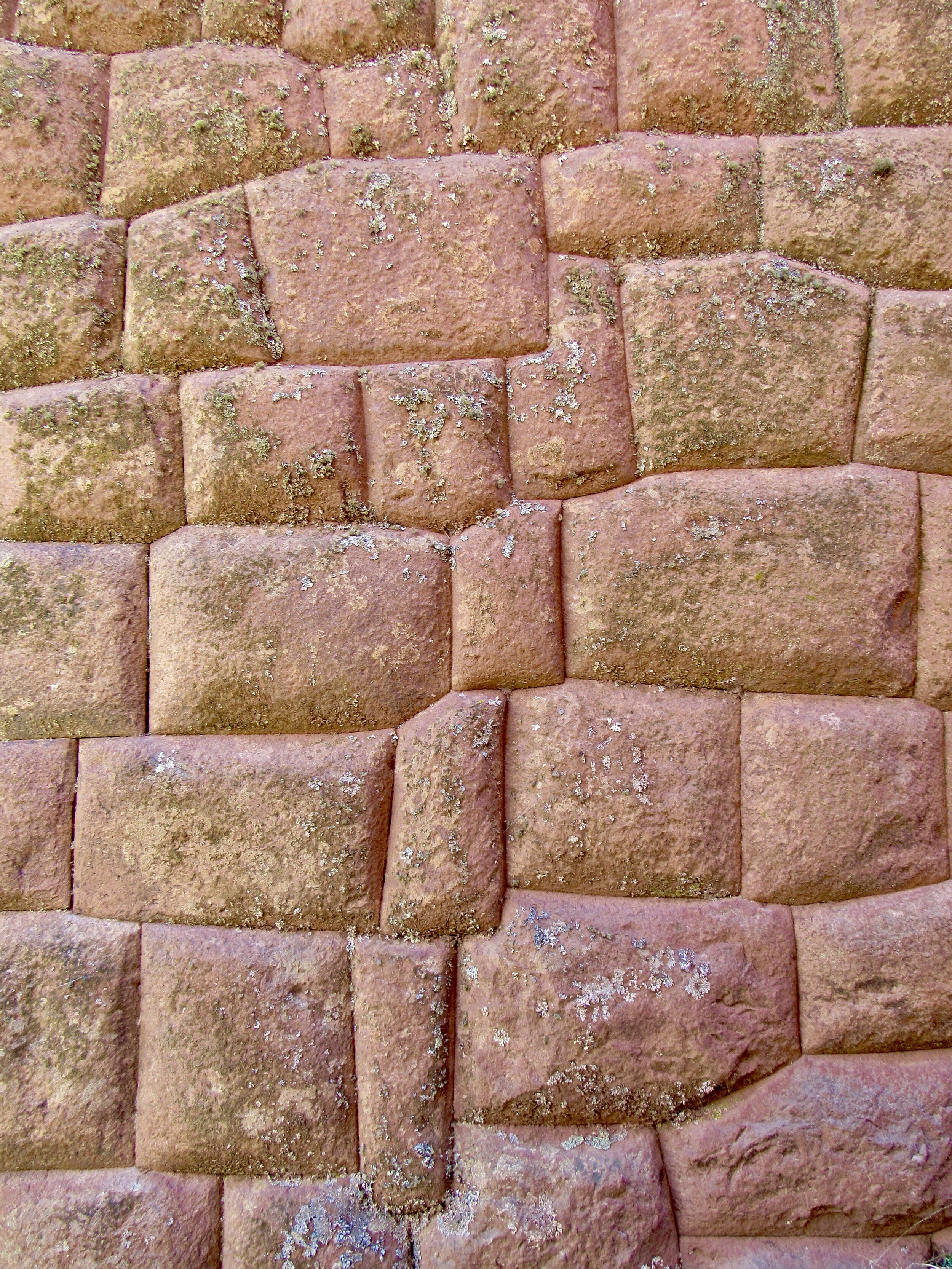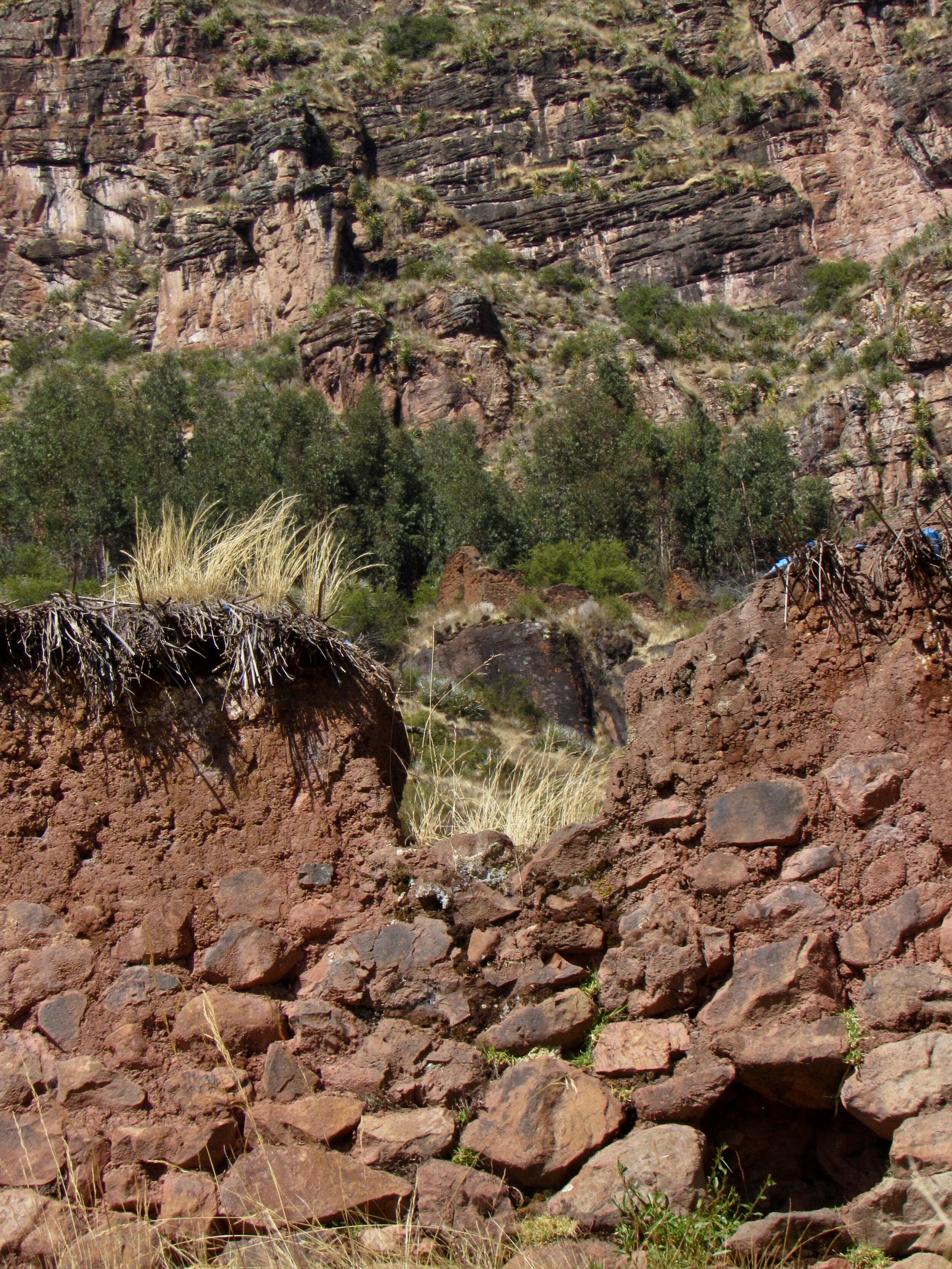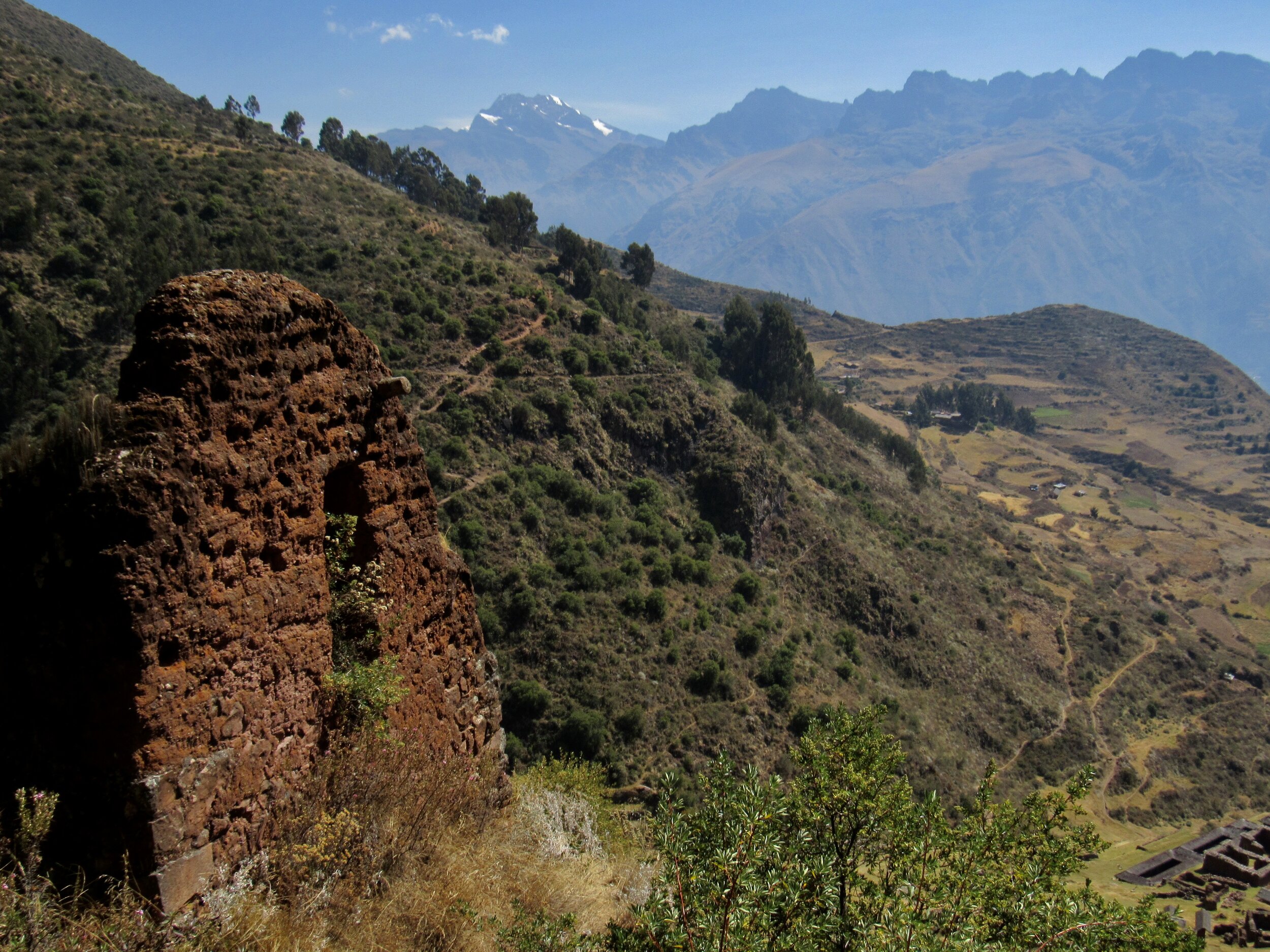Covid in Cusco: Week 16
Sunday, 28 June, 2020
Day 109 since Covid arrived in Cusco
Today is going to be the last Sunday that nobody is allowed to leave home. I doubt that many businesses will be open next Sunday, but at least leaving the house won’t be cause for arrest. As things start to open up in Cusco, everybody I know is worried about case numbers going up. I think it’s unavoidable. We can’t hide in our homes forever, but any increase in contact between people is going to bring more contagion.
There are a few things that reassure me that a spike in cases won’t be a complete disaster. First, we know a lot more about the virus now. Countries all around the world are studying every aspect of this virus and we know a lot more about how it’s spread and how to treat it. Second, hospitals are much more prepared now than they were in March. When this first started, hospitals were so quickly overwhelmed and hopefully they will be more able now to treat a spike in numbers. Of course, that might not be the case in many parts of Peru. (See my blog last week and my June 23rd description of this article).
The third thing that I’m really holding on to is how different this virus affects people at high altitude. Cusco is at about 11,000 ft / 3,500 m. Studies have shown that people who live over 3,000m are less susceptible to life-threatening complications if we contract the virus and also that the virus itself is less contagious at high altitude. I still think that Cusco is a safe place for me to wait out this pandemic.
Monday, 29 June, 2020
Yesterday I mostly rested after all of the excitement from Friday and Saturday. Friday night was the first time I’ve been able to spend a night away from home since the quarantine started. Actually, it was my first night away from home since Amanda was here to visit in February.
These journeys up into the mountains make me feel both hopeful and hopeless at the same time. I am so thankful to be in a position where I can connect people who want to help with people who need help. I’m also thankful to be in a position where I can actually use all of the donations to buy food. However, the position that some of these families are in is pretty dire. They haven’t had work in months and don’t really have much hope for work this year.
In my fundraising and my personal outlook on these communities, I’ve been focusing mostly on the fact that the hard stop in tourism had taken away their jobs. However, the longer this goes on, and the higher the case numbers get in the rest of Peru, the more I see another side of the difficult situation that they’re in: none of these communities have any Covid cases.
Of course, not having ay Covid cases is a good thing. However, that means that any trip down to town risks bringing the virus back up to the community. As in the case of T’astayoc, some communities don’t even have a well for clean water, much less access to any kind of medical care, or even a pharmacy. Getting up to Perolniyoc involves getting past a checkpoint with a locked metal gate, where community members take turns keeping out unauthorized visitors. It also serves as a checkpoint for anybody leaving the community. Of course, none of them have cars and it’s easy enough to walk around the gate. It still serves as a checkpoint and people have to really think about the risk that they put everybody in if they are exposed to the virus while in town.
Taking food, and now children’s clothes, up to these communities not only helps provide food for hungry families who have no work. It also helps provide food for hungry families who shouldn’t risk going to town to try to find work or buy food.
Tuesday, 30 June, 2020
While dealing with work emails this morning, I got a call from the agency’s accountant. The day that we have been dreading is here. The trekking agency is officially broke and will be filing for bankruptcy. Tomorrow I will be officially unemployed.
The agency owner also has a hotel and some other businesses connections, so maybe I can still get some work through him, even if I’m paid by the hour rather than as a salaried worker with a contract and benefits.
Even though I knew that this was a possibility and even though I have savings, it’s still hard news to get. I’ll get paid tomorrow for June, which will see me through July, before I really have to start in on my savings. At least in the past three months I’ve learned to live on 50% of the salary that I used to live on before.
I’ll never really know what it’s like to be unemployed in Peru, because not only do I have savings, I also have friends and family who would be happy to send me money if I needed it. There is no such thing as unemployment benefits in Peru, so everybody else in the country who has been laid off has been burning through their savings for several months now. The situation is so bad here that I know Venezuelan refugees who are receiving money from relatives in Venezuela. That’s something that’s hard to wrap my head around. People in Venezuela sending money? Inflation is so bad there that filling up a tank of gas is the equivalent of a month’s wages. How do they have any money to send to Peru? The whole point of emigrating to Peru is to be able to find work and send money to family in Venezuela.
Here’s hoping that tomorrow I’ll be offered some kind of work, even if the trekking agency that I’ve been working for is bankrupt.
Wednesday, 1 July, 2020
I got a message at 7:30 this morning from the boss. There is no work. He has nothing for me, but tries to sound optimistic. He reassuringly says that in August people will start booking their treks for 2021 and we will start getting some income as people put down their deposit on their 2021 trip.
I am not reassured. The way that cases are surging in the US, and the way that Europe is opening up tourism just for people to travel within Europe, I don’t see people planning trips to South America anytime soon. I hope that I’m wrong.
I did some math last night and I can definitely get through July without any income. Considering that there are no jobs to be had in Cusco, I’m not going to waste my time trying to find one. I’ll spend July focusing on the Covid Relief Project, working on my Quechua and maybe even going backpacking.
July is the best month for backpacking in the Andes around Cusco. Even with some travel restrictions opening up, it will be a while until there are flights and travel between different regions of Peru. I might as well take this time to see some of the places that I’ve wanted to see in the Cusco region. At the top of my list are Huchuy Q’osqo, Ausungate and Choquiquerao. Considering that most of my friends are also unemployed, it shouldn’t be too hard to find somebody to go with me.
The real irony here is that today the Peruvian government announced that hotels and travel agencies will now be allowed to operate again.
Thursday, 2 July, 2020
Today I went to see Jorge, to let him know that July 11th will be the next big day. I told him that we will be buying for 100 families and that we definitely are planning on the 5kg of rice and 1 liter of vegetable oil per family. I also asked if it’s possible to get any oatmeal this time.
The past few weeks, all stores and wholesalers in Cusco were sold out of oatmeal, so we couldn’t take any to the families of T’astayoc or Perolniyoc.
Oatmeal might not be anything special in the US, but it’s a real treat here. It’s also one of the very few products that are fortified with iron, calcium and vitamins, which makes it something that parents really wish they could afford for their children. Kids here don’t drink milk or get bread made with fortified flour. Especially when families have had to go back to subsistence farming, they only have corn, quinoa and potatoes to feed their kids.
Jorge told me that he is having a big problem with overstock of things that hotels ordered from him, then didn’t pay for when they closed. He has hundreds of bottles of orange juice that expired in March. He gave me a couple bottles for free, to prove to me that the juice is just fine, even if the date has passed.
He said that he would love to give me 100 bottles for families to have, for free, but that he is worried that they would be offended if we gave them expired food. I told him that when we set up to distribute, we line up all of the food with one volunteer handing each item to those who come through the line. What we can do is put the juice at the end of the line, where people can take one, if they want. We just won’t hand them to people directly.
Friday, 3 July, 2020
As long as I’m unemployed, and not tied to wifi for work, I’m going make the most of it. July is perfect backpacking weather, so I might as well plan some camping trips. The two places I want to see the most are Mt. Ausangate and Choquequirao. It still might be a bit soon for those though. Travel in the area is getting easier and police permits are not as necessary as in May and June but I wouldn’t be surprised if the communities I would pass through wouldn’t really want outsiders there.
Last Saturday we had to go through a community checkpoint leaving the main road to go up to Perolniyoc. The woman at the checkpoint was expecting us and unlocked the gate, but I’m sure that Perolniyoc isn’t the only community around here that has decided to protect itself by keeping out strangers. Huchuy Q’osqo is a shorter hike and I bet the communities in the area wouldn’t mind me coming through. The communities that I’ve been bringing food to have been happy enough to see me, so maybe I should take some food to share.
Just to be on the safe side, I walked across town to where you can buy popcorn and other snacks in bulk. I got three kilos of puffed giant corn, which is different from what we call popcorn in the US, and some small bags to make it easier to give out. Back home, three kilos ended up being 53 small bags of puffed corn. If I can’t find 53 kids on a two day backpack trip, then I’ll have plenty of puffed corn to eat on the way home.


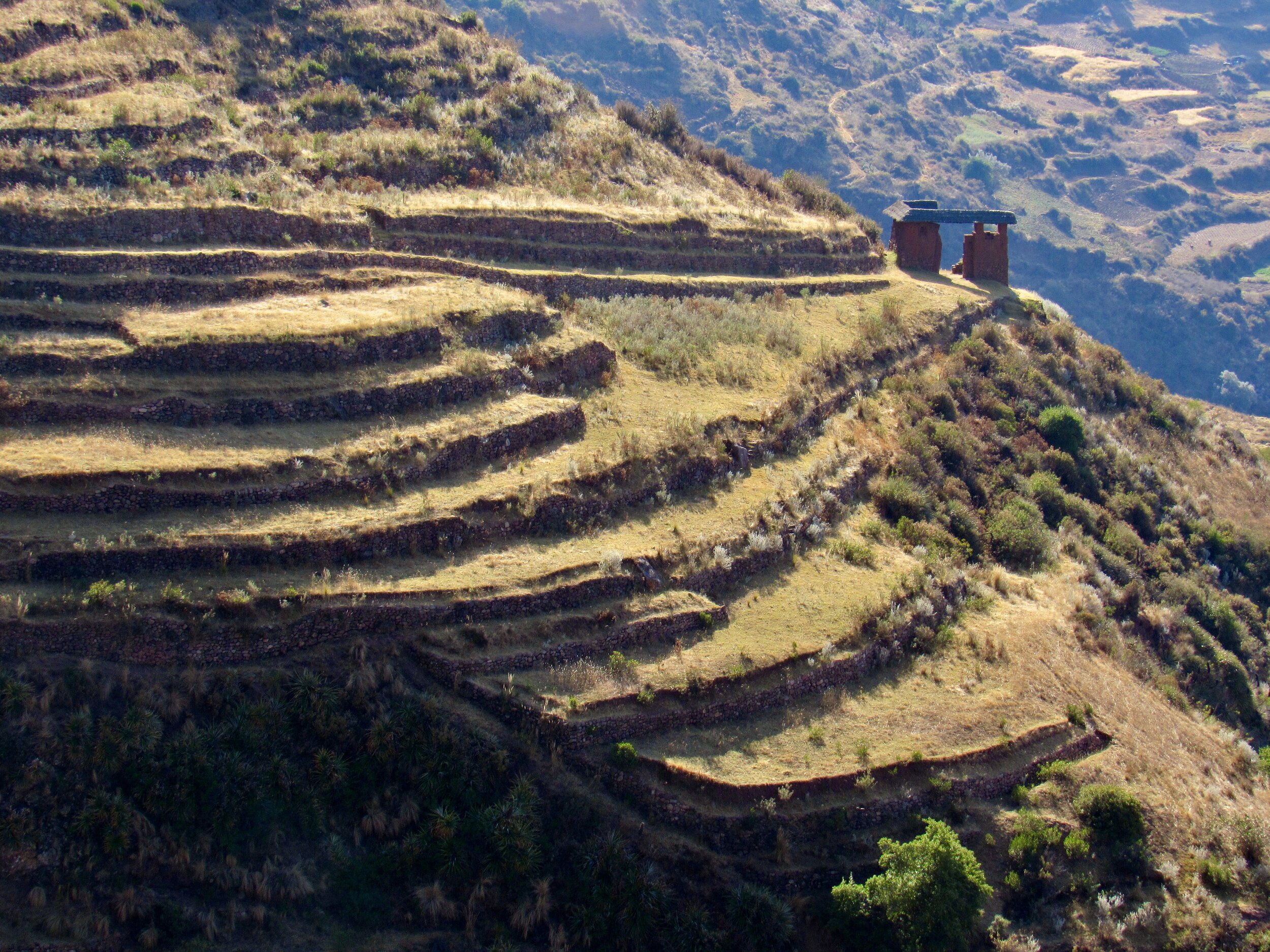

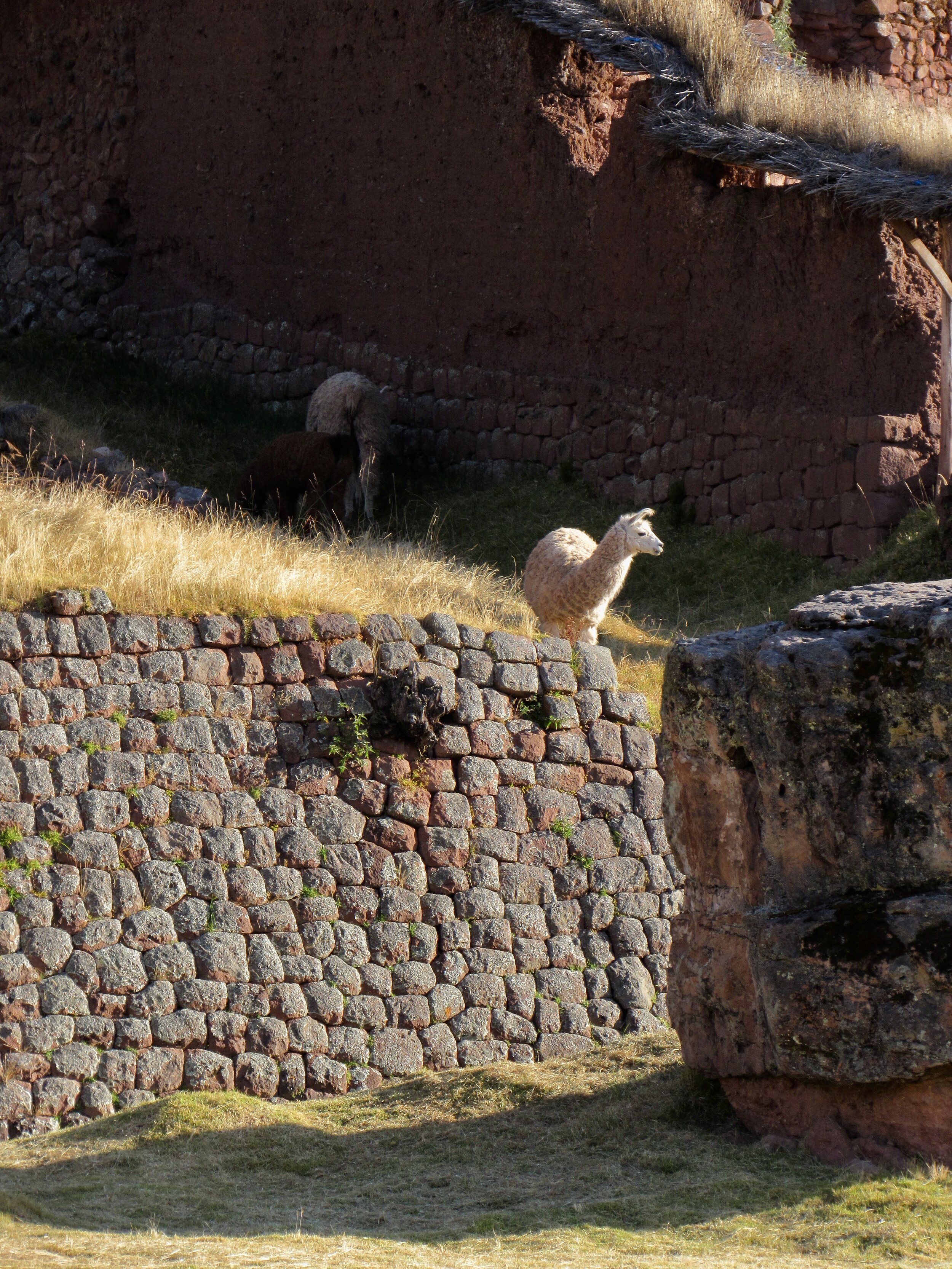

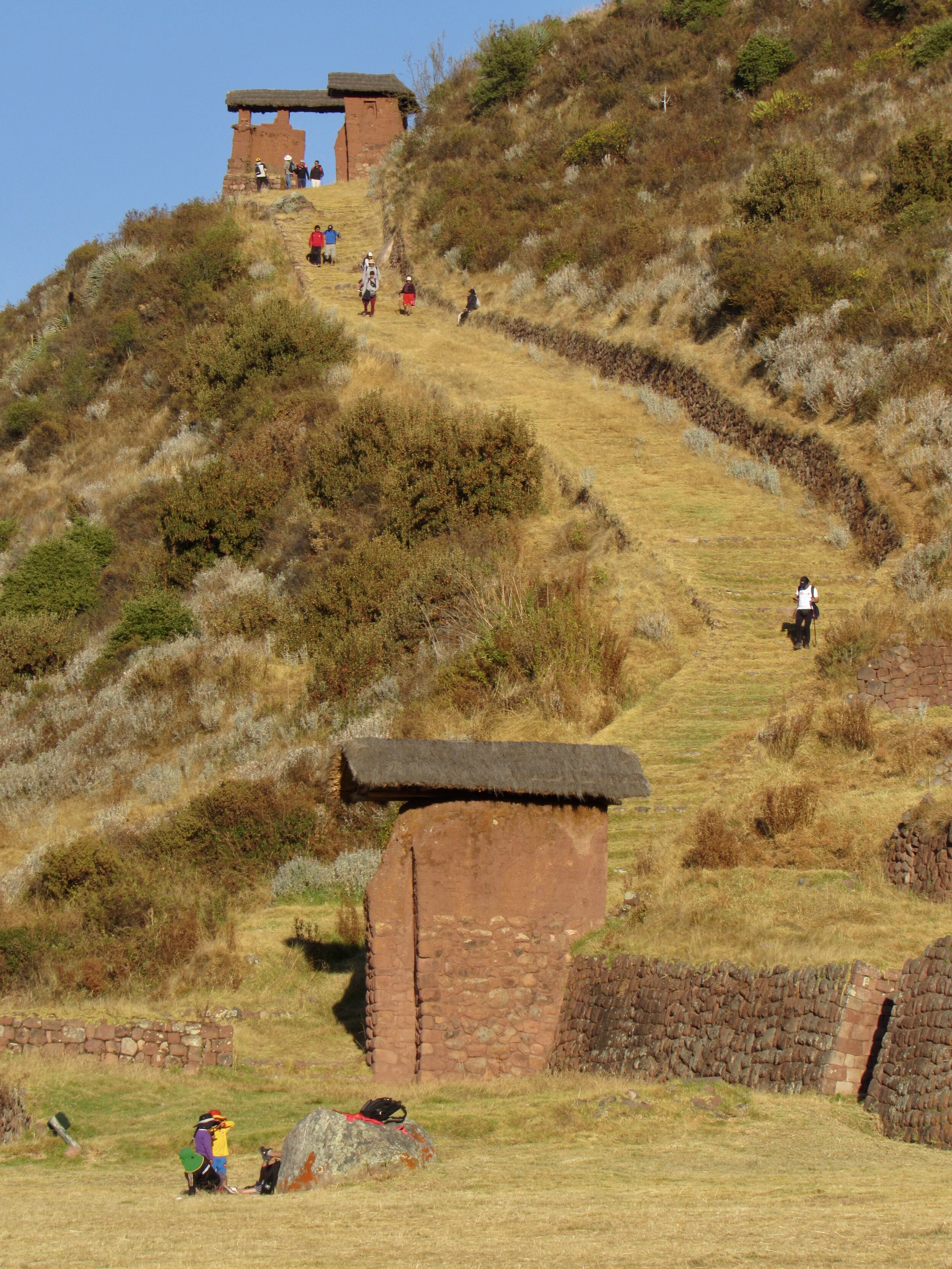
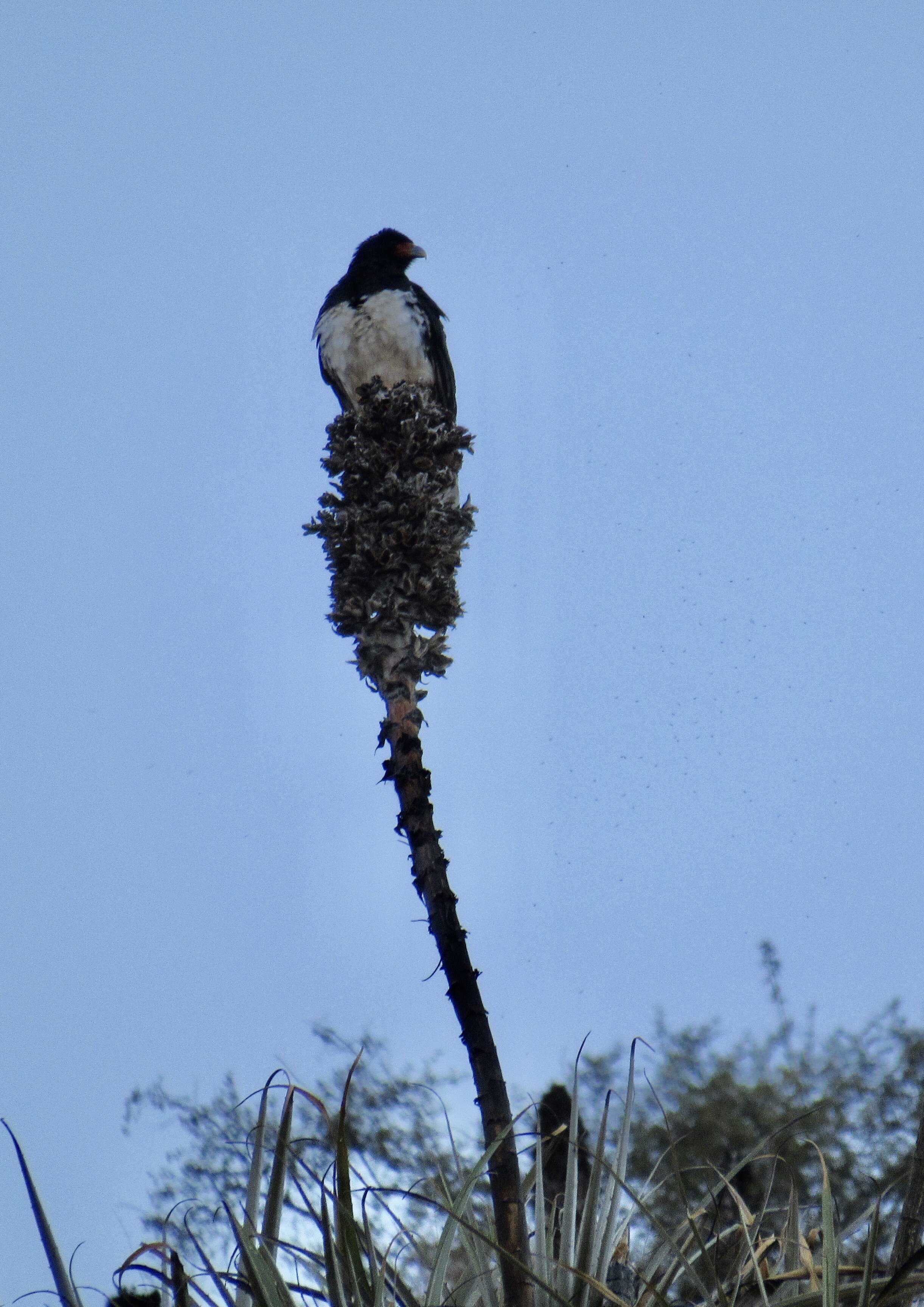
Saturday, 4 July, 2020
Today, for the 4th of July, I did one of the most American things I could think of: I went camping. I will write a blog about the trek itself, mostly to tell people how to get there and find the trail and get back.
My blog used to be only about these sorts of trips. I blogged travels in other countries and weekend trips near where I lived. Many of my blogs were specifically for other travelers to share information on how to get places and what to do when you got to La Paz, México or to Kota Kinabalu, Malaysia.
The pandemic has flipped even my blog on its head. How did I go from writing about trekking the Inca Trail and places to visit in Cusco, to writing about how restrictive the quarantine was in Cusco for three months.
Now that things are opening up, and I can go places again, I hope to get my blog back to normal. Just like we all wish things could go back to normal. Of course, blogging about traveling in Peru and places to see around Cusco will still be full of photos of people with masks on and information about how to follow the Covid rules here. The pandemic is here to stay and nothing will actually feel normal for a very long time. Still, the more that I can get out of the house again and enjoy living in Peru, the more that I will feel that at least my blog can get back to normal.
